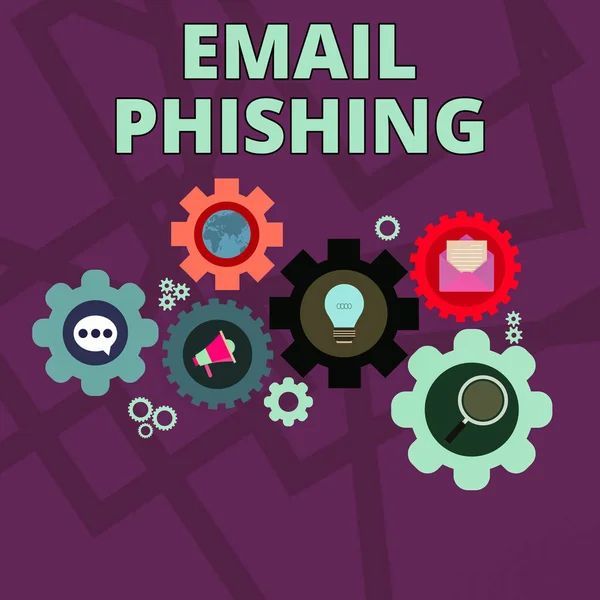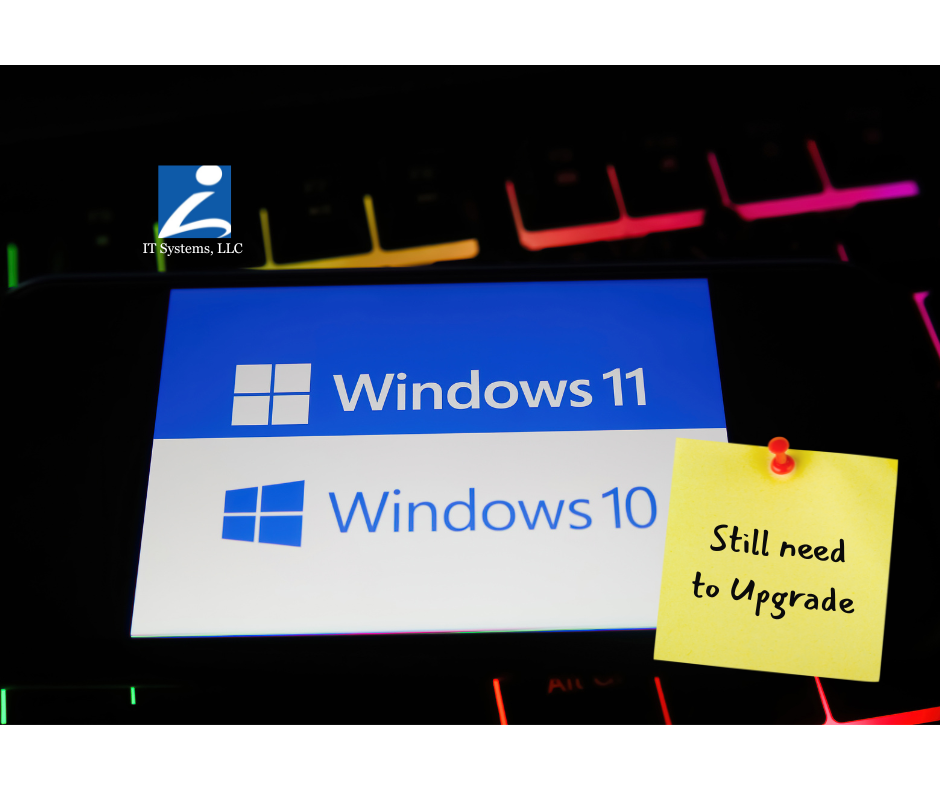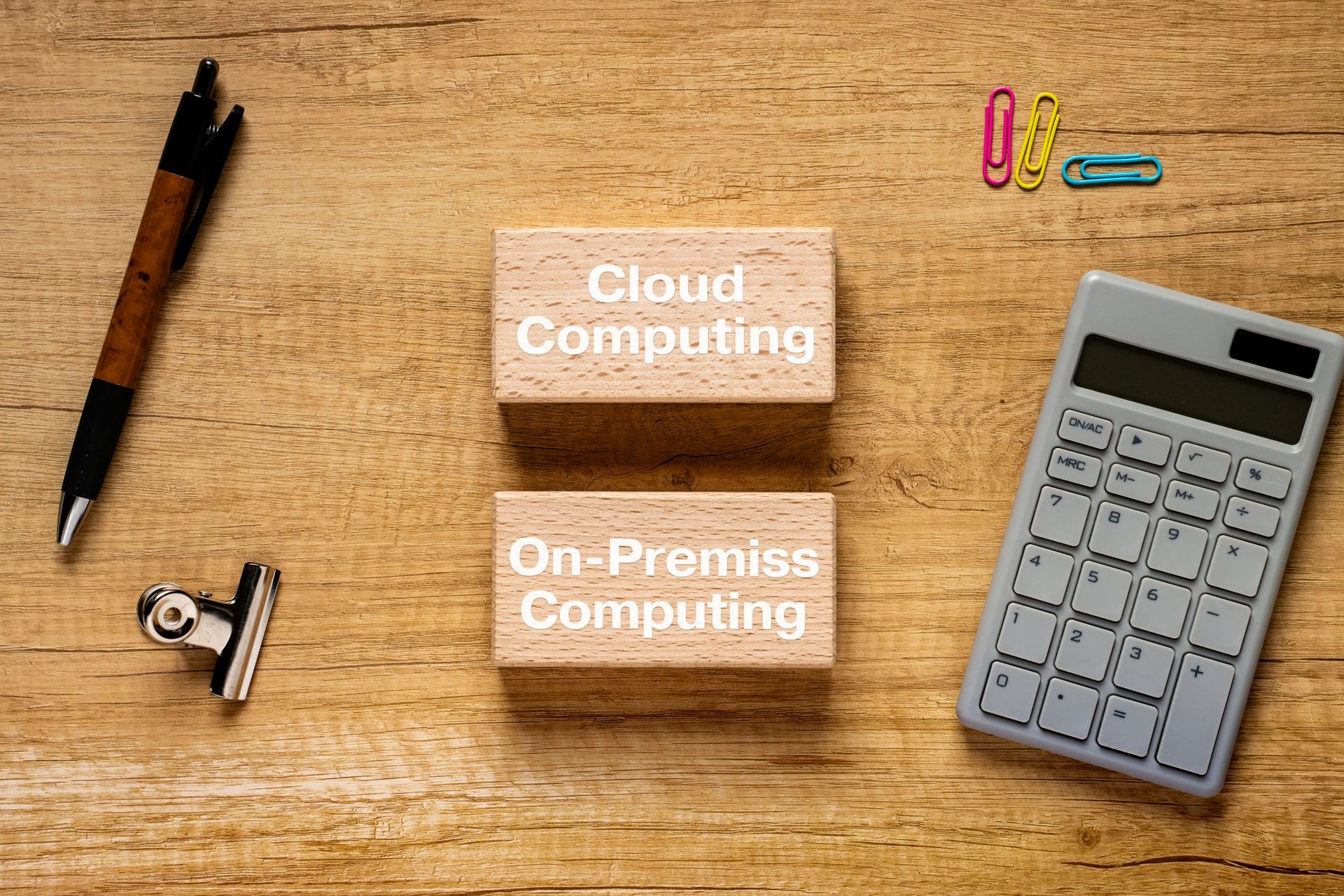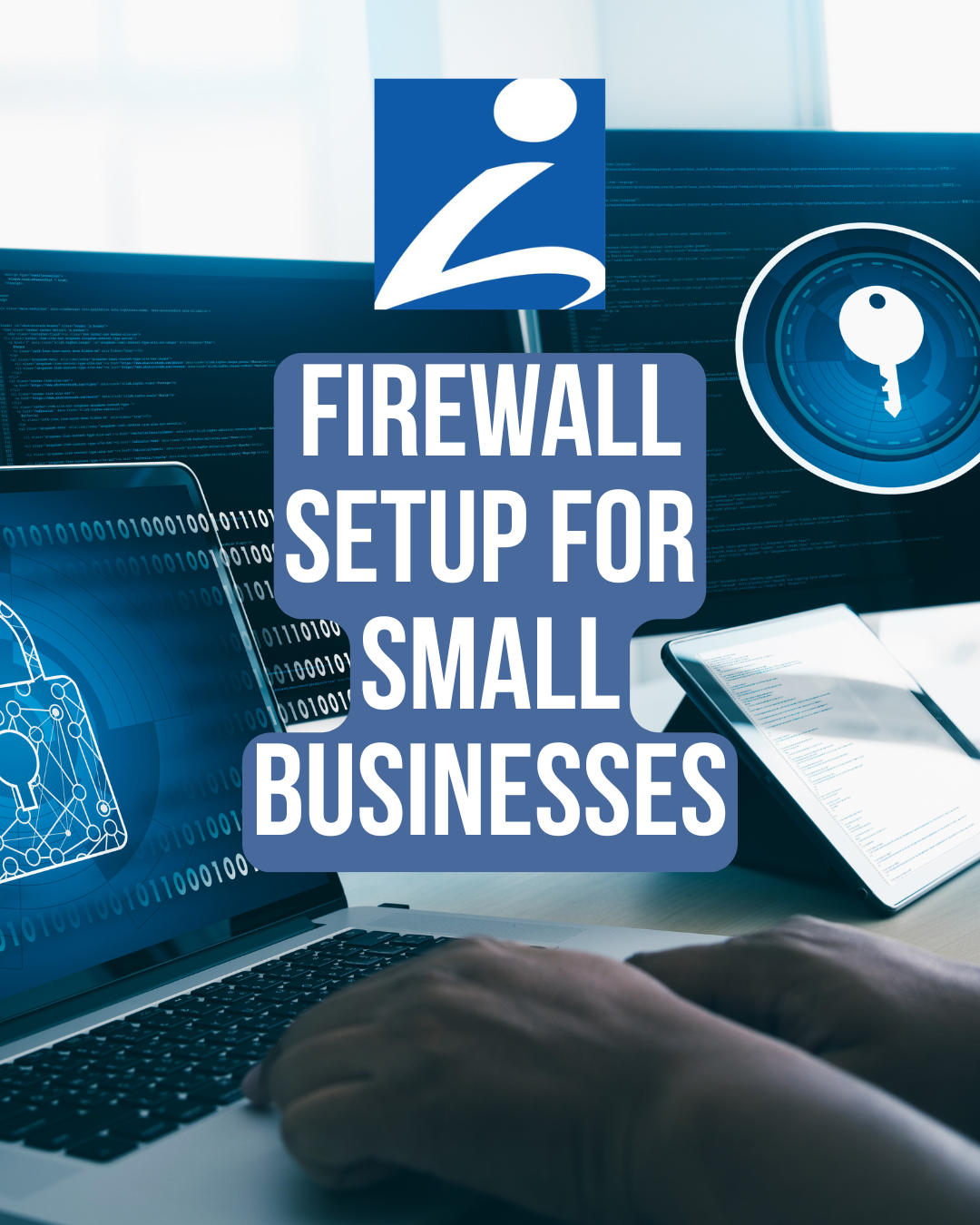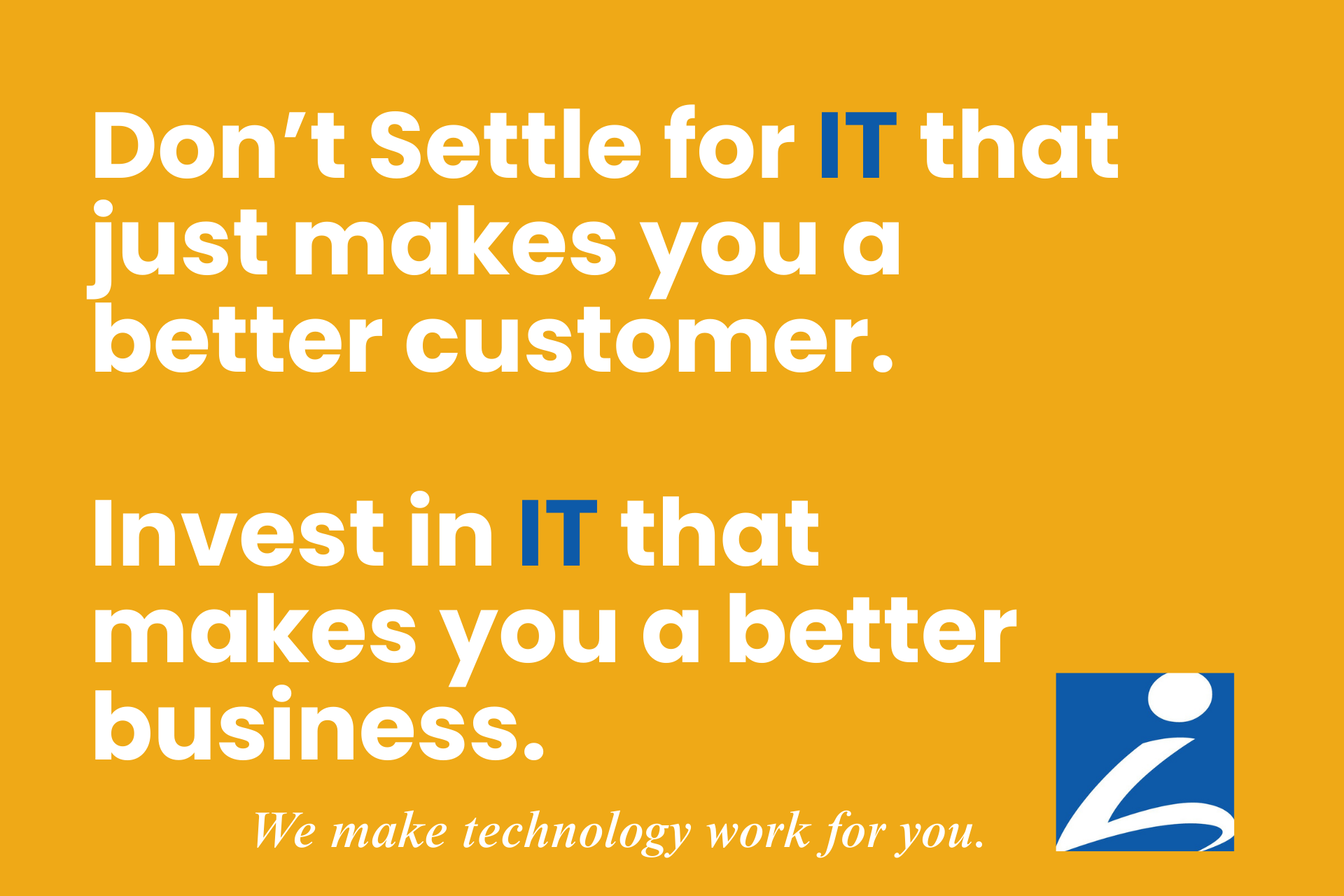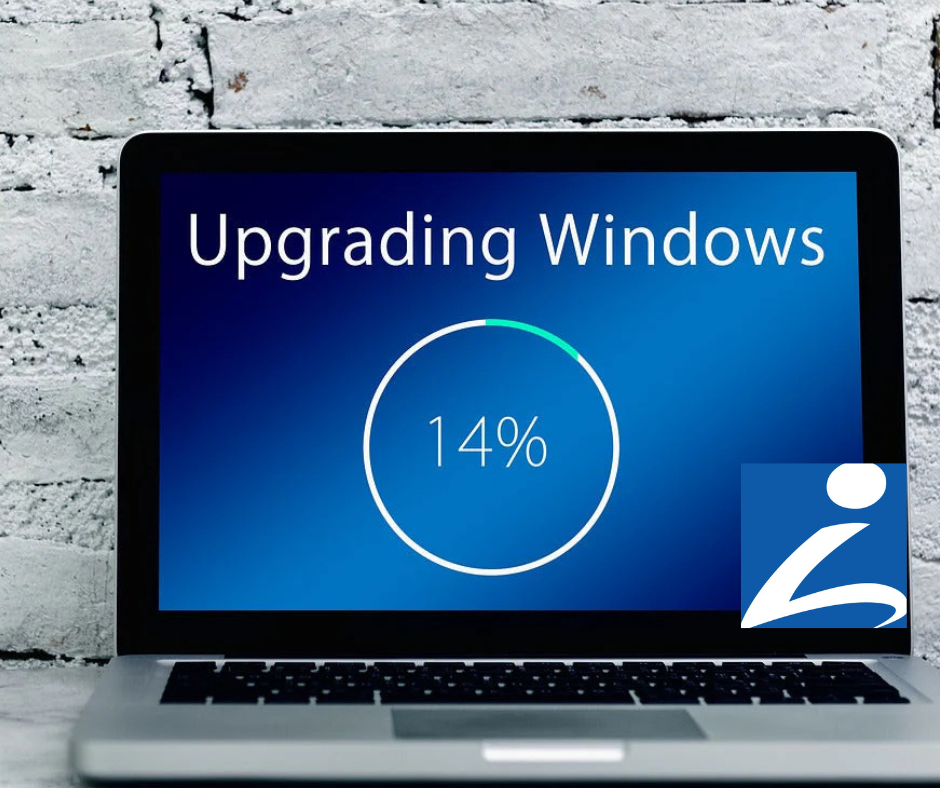
Why Small Businesses Struggle With IT Decisions
For many small and mid-sized businesses in Grand Rapids and across West Michigan, technology management sits at an uncomfortable crossroads. On one side, you know you need reliable, secure, and compliant systems to operate effectively. On the other, IT costs feel unpredictable, and it’s tempting to “call when something breaks” instead of committing to a monthly agreement.
This decision often comes down to two models:
- Hourly IT support (ad hoc, break-fix)
- Managed IT services (contract-based, proactive)
Understanding the differences is critical. The choice affects not just your budget but also your productivity, compliance posture, security resilience, and growth potential.
This guide provides a comprehensive, West Michigan–focused look at how these models compare, what other businesses in the region are paying, and why a managed approach often becomes the smarter long-term move.
Defining Hourly IT Support
What Is Hourly (Ad Hoc) IT Support?
Hourly IT support, sometimes called break-fix, is the traditional pay-as-you-go model. When a problem arises, a workstation fails, email goes down, a printer won’t connect, you call an IT provider. They respond, fix the issue, and bill you for the time.
Common Hourly IT Services in West Michigan
- Basic workstation troubleshooting (slow computers, login errors)
- Printer, Wi-Fi, and connectivity issues
- Installing or updating software
- Email setup and sync problems
- Security patches and updates (on request)
- Occasional consulting on IT questions
Pros of Hourly Support
- Lower initial commitment: No monthly contracts, easy to get started.
- Flexibility: You only pay when you need something fixed.
- Entry point: Useful for very small businesses (5–10 devices) that aren’t ready for a bigger IT investment.
Cons of Hourly Support
- Unpredictable costs: A server outage or ransomware event could result in thousands in unplanned fees.
- Reactive, not proactive: Issues are only addressed after they cause downtime.
- Limited security posture: HIPAA, CMMC, or other compliance requirements are hard to maintain without ongoing oversight.
- Slower resolution: Pour provider may not know your environment well, meaning troubleshooting takes longer.
Managed IT Services Explained
What Is Managed IT?
Managed IT services are a subscription-based model. Instead of waiting for things to break, your IT environment is proactively monitored, patched, secured, and supported. You pay a predictable monthly fee, typically based on the number of users or devices.
Core Features of Managed IT Services
- 24/7 monitoring of servers, workstations, and networks
- Regular security patching and antivirus/EDR
- Backup and disaster recovery solutions
- Proactive maintenance to prevent downtime
- Unlimited helpdesk during business hours
- Compliance support (HIPAA, PCI, SOC2 readiness guidance)
- Vendor management (internet providers, printers, line-of-business apps)
- Strategic IT planning and quarterly reviews
Pros of Managed IT Services
- Predictable monthly cost
- Proactive issue prevention — fewer emergencies and downtime
- Improved security and compliance posture
- Scalable support as your team grows from 10 to 50+ stations
- Faster resolution — your IT provider already knows your environment
Cons of Managed IT Services
- Monthly investment required: Can feel like a big step for micro-businesses.
- Requires trust: You’re handing over day-to-day IT responsibility.
Hourly vs. Managed: The Cost Comparison
Market Hourly Rates in Michigan (2025)
Based on industry surveys and MSP forums:
- Tier 1/2 technician: $140–$160/hr
- Senior engineer/security specialist: $200–$225/hr
- After-hours emergencies: $250–$300/hr
A simple 10-hour support month at $150/hr = $1,500.
Typical Managed Service Plans in West Michigan
Most providers (including IT Systems LLC) use a per workstation pricing model, typically ranging from $50–$60 per user, per month, with a minimum monthly fee of $500.
This means:
- A small 5–10 user office might invest around $500–$750 per month.
- A growing 15–25 user team might invest $1,000–$1,500 monthly.
- A mid-sized 30–50 user organization may budget $1,500–$3,000 monthly.
The advantage: costs scale fairly with your team size, and every user gets the same proactive coverage.
When compared side by side, managed services often cost the same or less than a busy month of hourly support — but with far more coverage and protection.
Local Business Scenarios
Example 1: A 7-Station Dental Office in Grand Rapids
This office tried to save costs by handling IT in-house and calling for hourly help. After a ransomware infection, recovery cost them $12,000+ in fees and downtime. They later switched to a managed plan at ~$600/month, which included HIPAA compliance monitoring.
Example 2: A 15-User Nonprofit in Holland
Initially used hourly IT help at ~$1,200/month. After repeated email issues, they transitioned to a Growing Team Plan. They now invest around $1,100/month but have full Microsoft 365 support, backups, and no surprise downtime.
Example 3: A Construction Business in Rockford
Started with hourly support for software installs. After IT Systems LLC identified major gaps in data backup, they converted to a managed plan. The quarterly IT review helped them plan for new ERP software and scale from 12 to 30 employees without IT bottlenecks.
Compliance & Security Considerations
Businesses in healthcare, legal, and financial sectors in Michigan face specific compliance requirements. Hourly IT work often fails to cover:
- HIPAA security risk assessments
- Ongoing patch compliance documentation
- Multifactor authentication enforcement
- Data retention & recovery audits
A managed plan ensures compliance steps aren’t missed, reducing the risk of fines, data breaches, or lawsuits.
Why West Michigan Businesses Hesitate
Many small businesses in Grand Rapids, Holland, and the Lakeshore hesitate to commit because:
- They believe hourly is “cheaper”
- They underestimate IT risks
- They assume managed IT is only for larger corporations
In reality, the “bubble companies”, businesses with 5–25 devices, stand to gain the most from managed IT. These organizations are growing, rely heavily on technology, but don’t yet have internal IT staff.
IT Systems LLC: Our Approach
At IT Systems LLC, we meet West Michigan businesses where they are. We offer both hourly and managed services, but our goal is always to help clients transition to predictable, proactive support.
Hourly IT Support:
- Tier 1/2: $150/hr
- Senior/Security: $200/hr
- After Hours: 1.5× rate
Managed IT Services:
- Pricing is based on number of users/workstations
- $50–$60 per workstation, per month
- Minimum monthly fee: $500
- Example ranges:
- 5–10 users: $500–$750/month
- 15–25 users: $1,000–$1,500/month
- 30–50 users: $1,500–$3,000/month
What’s Included in Managed Services:
✔ Unlimited helpdesk
✔ 24/7 monitoring
✔ Security patching & antivirus/EDR
✔ Cloud backup & disaster recovery
✔ Compliance support (HIPAA, etc.)
✔ Vendor management
✔ Quarterly IT reviews
This model ensures small businesses can start at an approachable level, while still protecting IT Systems LLC’s profitability and delivering enterprise-quality services.
Key Takeaways
- Hourly IT support works for very small or entry-level needs — but costs add up quickly.
- Managed IT services provide predictable pricing, proactive protection, and compliance peace of mind.
- For most West Michigan small businesses, the transition to managed services happens naturally once they see the true costs of downtime and security gaps.
If you’re a small business in Grand Rapids, Holland, Kalamazoo, or anywhere across West Michigan, your IT decisions today will shape your growth tomorrow.
- Use hourly IT support if you’re testing the waters.
- Move to managed IT when you’re ready for stability, security, and scalability.
👉 Ready to discuss which model fits your business best? Contact IT Systems LLC to schedule a consultation.
